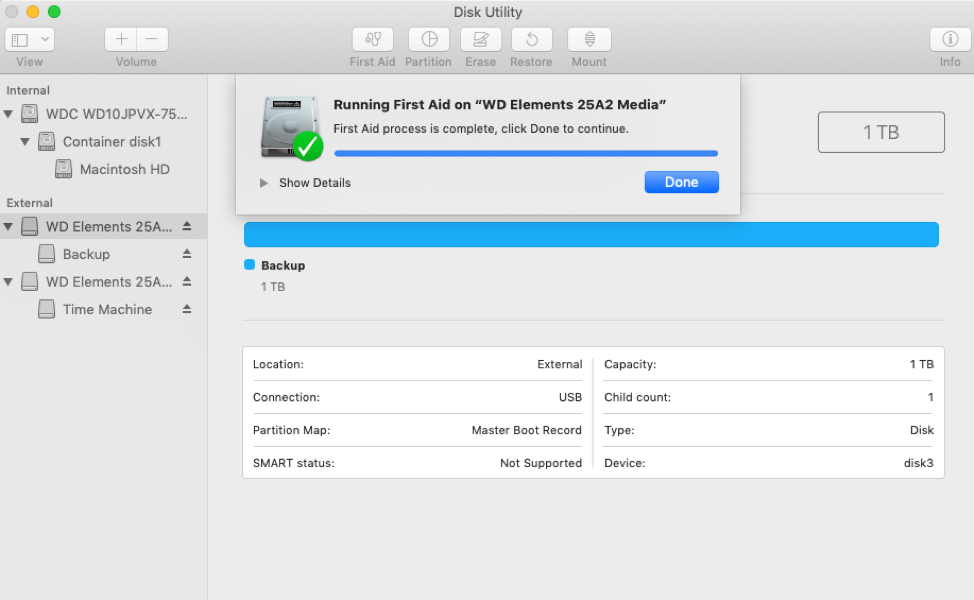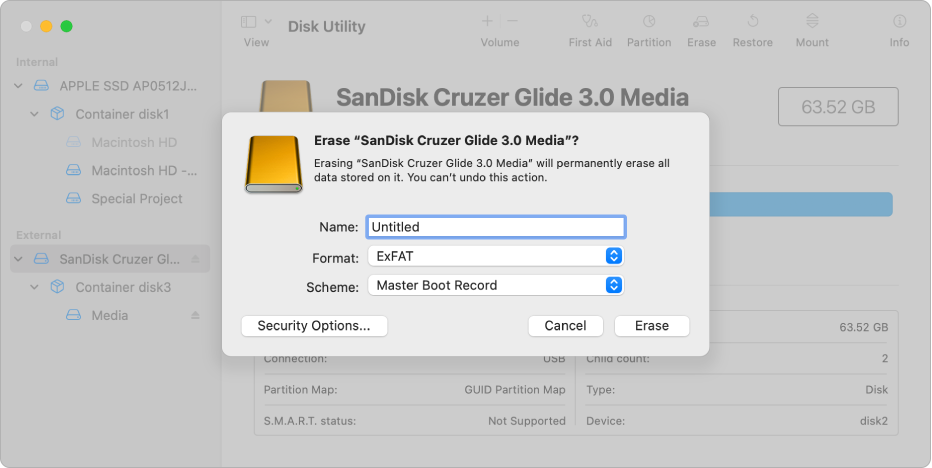

- Mac disk utility partition failed lost memory how to#
- Mac disk utility partition failed lost memory install#
- Mac disk utility partition failed lost memory update#
(This section includes original reporting by Kenny Hemphill).Īs we touched on above, partitioning a hard drive, or an SSD drive, involves creating multiple volumes from one physical storage medium.
Mac disk utility partition failed lost memory update#
If your Mac isn’t running Mojave or you are using High Sierra on a Fusion Drive, or if you can’t update your Mac (or dom’t want to update your Mac) to either macOS, or even if you are using Mojave or High Sierra, but you don’t want to go down the Volume path, prefering to create a firm partition on your Mac, here’s what to do. Choose the ‘partition’ that has the version of the OS on it you want to run and your Mac will boot up in that.When you are ready to go back to your old version of the OS, just shut down your Mac, and reboot with the Alt/Option key held down.Once it’s done it should open up in the volume with the new OS installed.Wait while your Mac installs the new OS on that volume.Now click on the installer, but make sure you choose the new volume you created as the destination for the installation.

(You can check to see if the installer is already downloaded by searching for it in Spotlight, press Command + Space and start typing the OS name).
Mac disk utility partition failed lost memory install#
Download the installer for the version of the macOS or macOS beta you want, just don’t install it yet.
Mac disk utility partition failed lost memory how to#
How to dual boot two versions of MacOS, but in summary, here’s what you need to do: We have a detailed tutorial on installing two versions of macOS on your Mac here ( You could just attribute that volume to a family member or colleague to use so that you don’t mix up your files, but a popular scenario would be to use this volume to install an alternate version of the Mac operating system on.

Needless to say, the best and simplest option is to Add a volume, so follow these steps: That space can be made available to all the different volumes at any time, rather than being assigned to them when they are formed, as is the case with a partition. APFS has a number of advantages over HFS+ one is Space Sharing, which makes it possible for the available space to be shared between the different volumes on your disk. This is thanks to the new Apple File System (APFS) which replaced the old HFS+. If you are running High Sierra on a Mac with a Flash drive, or Mojave on any Mac then you don’t need to create a partition at all, you only need to create a new volume. (This is a little confusing, because essentially a volume and a partition are the same thing, but newer versions of the macOS handle things differently enabling users to create a volume and use it in the same way as a partition would have been used, but without any of the complications of having to wipe the Mac and start from scratch). The most important point is to establish whether you will even need to create a partition, or, if you can just create a volume on your Mac.

There are a few factors that will determine how you go about your project.


 0 kommentar(er)
0 kommentar(er)
